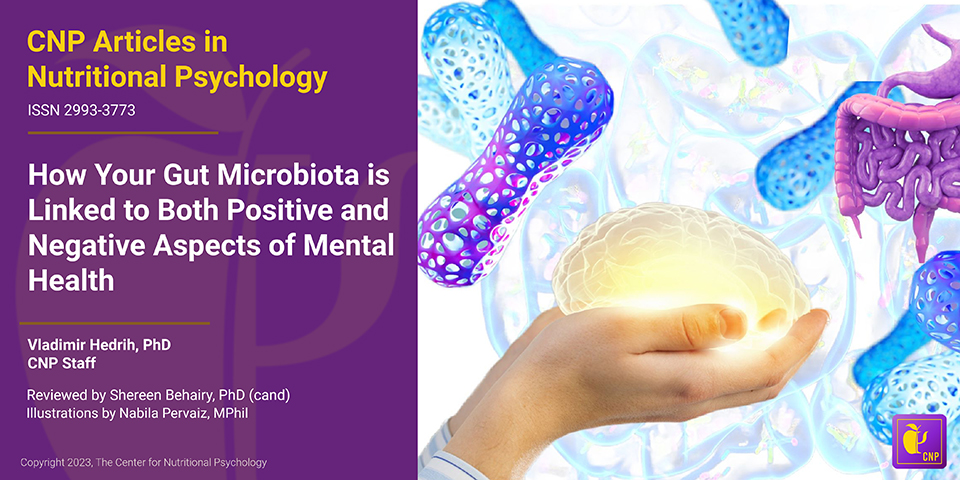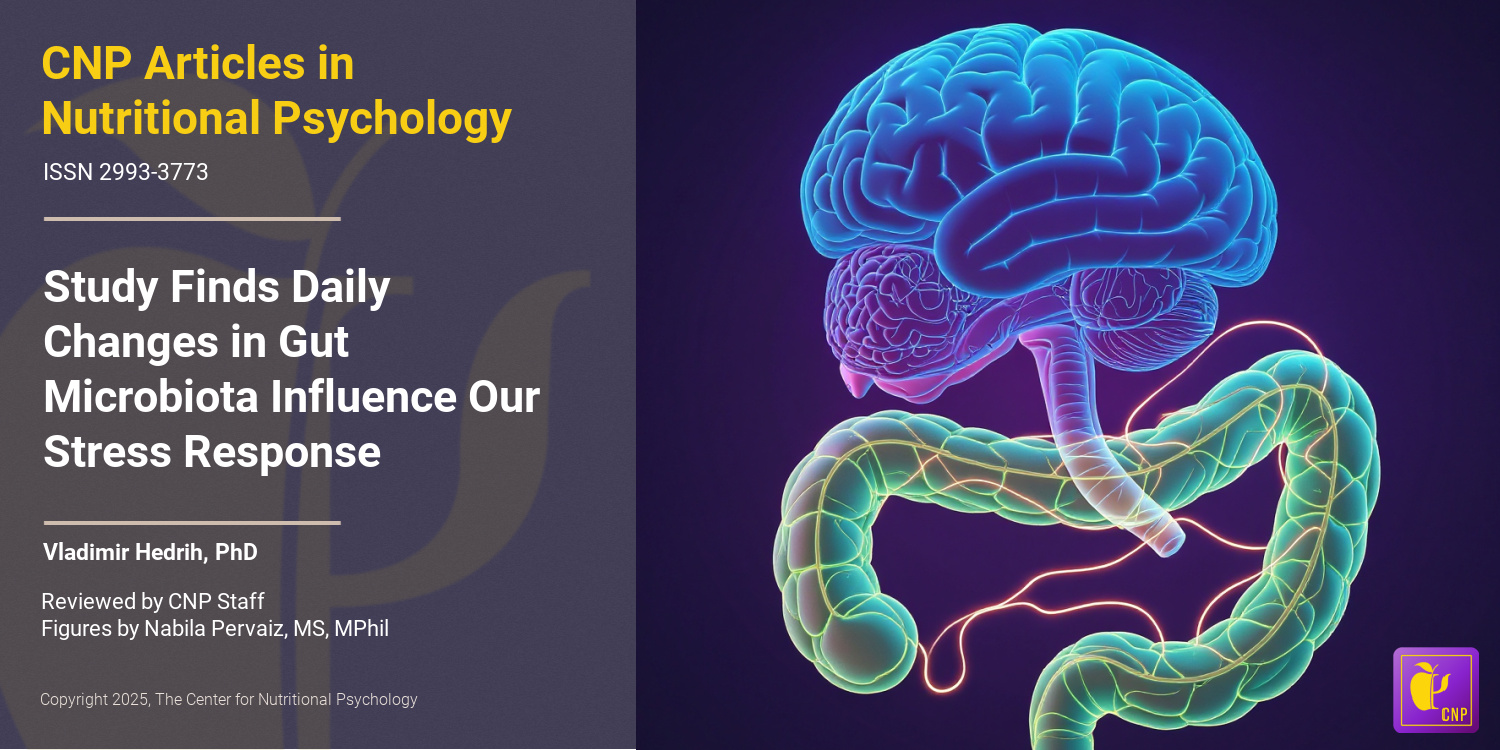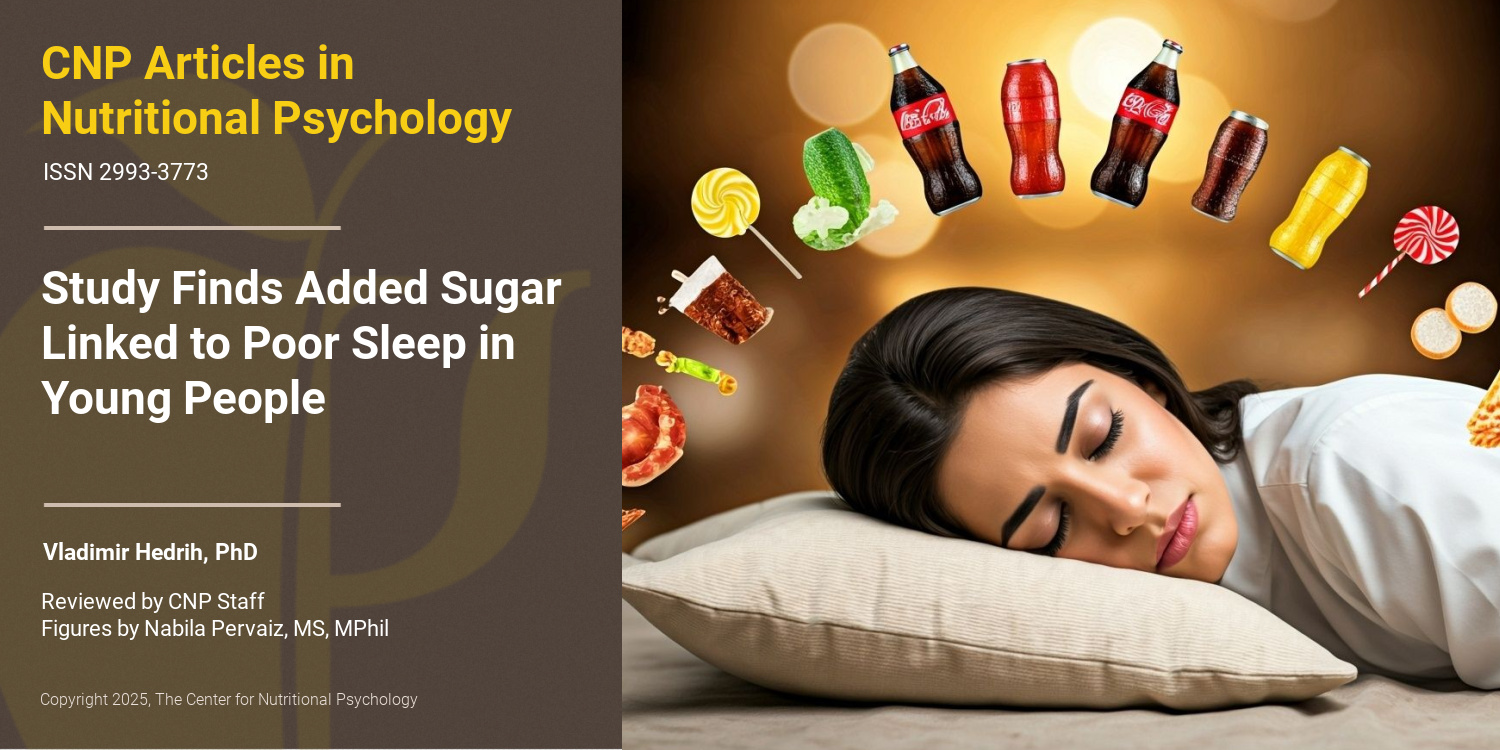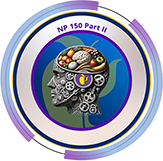- An analysis of the Norwegian Mother, Father, and Child Cohort Study data published in Nutrients reported that children eating healthier diets tended to have lower depression and anxiety symptoms
- Mothers eating healthier diets during pregnancy tended to have children with less depression and anxiety symptoms
- Children eating healthier diets at 3 and 7 years tended to be more extroverted, benevolent, conscientious, and emotionally stable at 8 years of age
It is well-known that diets lacking certain nutrients can produce very serious diseases. If one does not take enough vitamin C, scurvy will develop. Similarly, a lack of vitamin D can lead to rickets in children or osteoporosis in adults. Deficiency of iron can cause anemia. There are many other examples. However, these are all very straightforward links between a very specific disease and deficiencies of specific nutrients. Many of them have been well-known for centuries.
Dietary patterns and health
In recent decades, scientists have started researching the more subtle links between overall dietary patterns and specific aspects of behavior and mental health. Results of these studies, for example, showed that eating diets based on foods containing large quantities of easily accessible fats and carbohydrates may dysregulate the body’s food intake regulation mechanisms and lead to obesity (Hedrih, 2024; Ikemoto et al., 1996; McDougle et al., 2024).
Eating large quantities of easily accessible fats and carbohydrates may dysregulate the body’s food intake regulation mechanisms and lead to obesity
Similarly, eating ultra-processed foods, foods that have undergone extensive industrial-level processing, often to the extent that makes their ingredients unrecognizable, was linked to a host of adverse health consequences, including cardiovascular disease-related mortality, type 2 diabetes, various mental disorders, and even sleep problems (Duquenne et al., 2024; Lane et al., 2024). Some researchers argue that high consumption of ultra-processed foods also leads to the development of addiction-like conditions (Gearhardt et al., 2023; Hedrih, 2023) (see Figure 1).

Figure 1. Adverse health consequences associated with consumption of ultra-processed foods
On the other hand, adherence to dietary patterns such as the Nordic diet or the Mediterranean diet has been linked to various favorable health outcomes (Adamsson et al., 2011; Camprodon-Boadas et al., 2024; Lankinen et al., 2019, 2019; Salas-Salvadó et al., 2018).
Prenatal dietary patterns and health
When a human egg cell is fertilized with a sperm cell, it transforms into a zygote. Immediately, the zygote begins a process of rapid cell division and growth, transforming itself into a blastocyst. The blastocyst implants itself into its mother’s uterus and continues rapid growth, developing into a newborn baby some nine months later. During this period, the future baby takes all the nutrients it needs from its mother’s body.
This means that the mother’s diet is crucial for the healthy development of the fetus. While it has long been known that extreme deficiencies in the mother’s diet (e.g., starvation, exposure to specific chemical agents) will have serious adverse consequences for the development of the fetus, findings about the effects of subtle changes to the mother’s diet on the offspring started are relatively new, coming mostly from studies on rodents.
For example, a recent study on rats found that insufficient quantities of omega-3 polyunsaturated fatty acids in the mother’s diet lead to more anxiety-like behaviors in the offspring (Bogachuk et al., 2024). Another study on Norwegian and English mothers (humans) found that mothers adhering to healthy dietary patterns are less likely to have children with autism and social communication problems (Friel et al., 2024).
Mothers adhering to healthy dietary patterns are less likely to have children with autism and social communication problems
The current study
Study author Kristine Vejrup and her colleagues wanted to explore the links between the dietary patterns of mothers during pregnancy and of their children during early years with children’s personality traits and symptoms of depression and anxiety at eight years of age (Vejrup et al., 2023).
They analyzed data from the Norwegian Mother, Father, and Child Cohort Study (MoBa) and merged them with the Medical Birth Registry of Norway (MBRN). MoBa is a large-scale longitudinal study conducted by the Norwegian Institute of Public Health. It enrolled 41% of pregnant Norwegian women between 1999 and 2008.
Authors of this study analyzed data from 40,556 mothers with singleton pregnancies who completed a food frequency questionnaire (asking how often they ate different types of food) at the 22nd week of pregnancy and when their child was 6 months, 18 months, 3 years, and 7 years old, and assessments of depression, anxiety, and personality traits of their children when children were 8 years old.
From the mother’s responses about food frequencies, study authors calculated their level of adherence to the New Nordic Diet, a dietary pattern considered healthy and associated with various positive health outcomes. They did the same for the children (after they were born). Based on the similarity between the reported diet and the New Nordic Diet, researchers categorized participating women and children into those highly adhering to this diet, those with medium adherence, and a group of women with low adherence to the diet. Also, they assigned them scores reflecting the level of adherence (see Figure 2).

Figure 2. Study procedure ( Vejrup et al., 2024)
Children eating healthier diets had lower anxiety and depression symptoms
Results showed that children whose mothers ate healthier diets (i.e., had higher adherence to the New Nordic diet) tended to have fewer depression symptoms. Similarly, children eating healthier diets at all examined ages tended to have lower depression symptoms. The healthiness of a child’s dietary pattern at 3 and 7 years of age was associated with fewer anxiety symptoms when it was 8.
Children whose mothers ate healthier diets (i.e., adhered more closely to the New Nordic Diet) tended to have fewer depression symptoms
Diet was associated with personality traits
Children whose mothers ate a healthier diet during pregnancy tended to be more extroverted, benevolent, conscientious, and have better imaginations. They tended to be more emotionally stable (lower neuroticism). The same associations were obtained with children’s dietary habits at 3 and 7 years but also at 18 months, with some exceptions (see Figure 3).

Figure 3. Diet association with anxiety and depression symptoms and personality traits
Conclusion
The study shows that children of mothers who follow a healthy dietary pattern during pregnancy and who themselves eat healthy during the early years of development tend to have fewer depression and anxiety symptoms later when they are 8.
Although the obtained associations were slight, they indicate that a healthy diet in childhood might contribute to protecting mental health later in life.
The paper “Diet in Early Life Is Related to Child Mental Health and Personality at 8 Years: Findings from the Norwegian Mother, Father and Child Cohort Study (MoBa)” was authored by Kristine Vejrup, Elisabet R. Hillesund, Neha Agnihotri, Christine Helle, and Nina C. Øverby.
Watch this Diet-Mental Health Break #42 on Youtube! Do Healthy Diets Improve Children’s Mental Health?
References
Adamsson, V., Reumark, A., Fredriksson, I.-B., Hammarström, E., Vessby, B., Johansson, G., & Risérus, U. (2011). Effects of a healthy Nordic diet on cardiovascular risk factors in hypercholesterolaemic subjects: A randomized controlled trial (NORDIET). Journal of Internal Medicine, 269(2), 150–159. https://doi.org/10.1111/j.1365-2796.2010.02290.x
Bogachuk, A. P., Jacobs, D. S., & Moghaddam, B. (2024). Impact of supplementation with omega-3 fatty acids after maternal dietary deficiency on adolescent anxiety and microglial morphology. Behavioral Neuroscience. https://doi.org/10.1037/bne0000584
Camprodon-Boadas, P., Gil-Dominguez, A., De La Serna, E., Sugranyes, G., Lázaro, I., & Baeza, I. (2024). Mediterranean Diet and Mental Health in Children and Adolescents: A Systematic Review. Nutrition Reviews, nuae053. https://doi.org/10.1093/nutrit/nuae053
Duquenne, P., Capperella, J., Fezeu, L. K., Srour, B., Benasi, G., Hercberg, S., Touvier, M., Andreeva, V. A., & St-Onge, M.-P. (2024). The association between ultra-processed food consumption and chronic insomnia in the NutriNet-Santé Study. Journal of the Academy of Nutrition and Dietetics, S2212267224000947. https://doi.org/10.1016/j.jand.2024.02.015
Friel, C., Leyland, A. H., Anderson, J. J., Havdahl, A., Brantsæter, A. L., & Dundas, R. (2024). Healthy Prenatal Dietary Pattern and Offspring Autism. JAMA Network Open, 7(7), e2422815. https://doi.org/10.1001/jamanetworkopen.2024.22815
Gearhardt, A. N., Bueno, N. B., DiFeliceantonio, A. G., Roberto, C. A., Jiménez-Murcia, S., & Fernandez-Aranda, F. (2023). Social, clinical, and policy implications of ultra-processed food addiction. BMJ, e075354. https://doi.org/10.1136/bmj-2023-075354
Hedrih, V. (2023). Scientists Propose that Ultra-Processed Foods be Classified as Addictive Substances. CNP Articles in Nutritional Psychology. https://www.nutritional-psychology.org/scientists-propose-that-ultra-processed-foods-be-classified-as-addictive-substances/
Hedrih, V. (2024, February 19). Consuming Fat and Sugar (At The Same Time) Promotes Overeating, Study Finds. CNP Articles in Nutritional Psychology. https://www.nutritional-psychology.org/16563-2/
Ikemoto, S., Takahashi, M., Tsunoda, N., Maruyama, K., Itakura, H., & Ezaki, O. (1996). High-fat diet-induced hyperglycemia and obesity in mice: Differential effects of dietary oils. Metabolism, 45(12), 1539–1546. https://doi.org/10.1016/S0026-0495(96)90185-7
Lane, M. M., Gamage, E., Du, S., Ashtree, D. N., McGuinness, A. J., Gauci, S., Baker, P., Lawrence, M., Rebholz, C. M., Srour, B., Touvier, M., Jacka, F. N., O’Neil, A., Segasby, T., & Marx, W. (2024). Ultra-processed food exposure and adverse health outcomes: Umbrella review of epidemiological meta-analyses. BMJ, e077310. https://doi.org/10.1136/bmj-2023-077310
Lankinen, M., Uusitupa, M., & Schwab, U. (2019). Nordic Diet and Inflammation—A Review of Observational and Intervention Studies. Nutrients, 11(6), 1369. https://doi.org/10.3390/nu11061369
McDougle, M., de Araujo, A., Singh, A., Yang, M., Braga, I., Paille, V., Mendez-Hernandez, R., Vergara, M., Woodie, L. N., Gour, A., Sharma, A., Urs, N., Warren, B., & de Lartigue, G. (2024). Separate gut-brain circuits for fat and sugar reinforcement combine to promote overeating. Cell Metabolism. https://doi.org/10.1016/j.cmet.2023.12.014
Salas-Salvadó, J., Becerra-Tomás, N., García-Gavilán, J. F., Bulló, M., & Barrubés, L. (2018). Mediterranean Diet and Cardiovascular Disease Prevention: What Do We Know? Progress in Cardiovascular Diseases, 61(1), 62–67. https://doi.org/10.1016/j.pcad.2018.04.006
Vejrup, K., Hillesund, E. R., Agnihotri, N., Helle, C., & Øverby, N. C. (2023). Diet in Early Life Is Related to Child Mental Health and Personality at 8 Years: Findings from the Norwegian Mother, Father and Child Cohort Study (MoBa). Nutrients, 15(1), 243. https://doi.org/10.3390/nu15010243
















